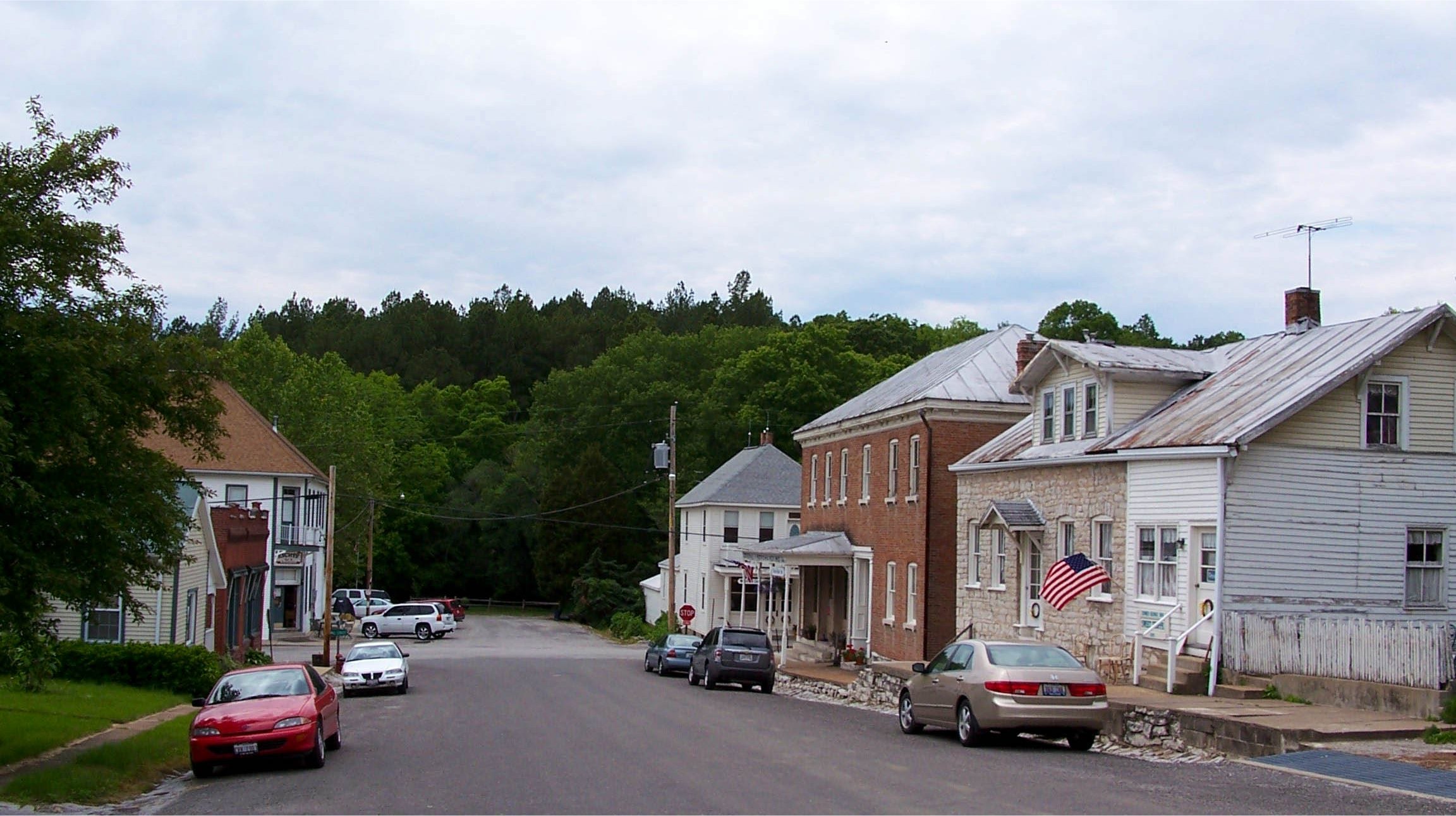1050 Charles J. Becker Drive
Imperial, Missouri
636-464-2976
At the end of the most recent North American glacial era, about 12,000 years ago, the Midwest was populated with megamammals such as giant ground sloths, peccaries, and mastodons. The fossils of a number of these creatures have been found in the Kimmswick Bone Bed near Imperial, Missouri. Paleontologists theorize that the area once contained mineral springs and swamps and that many animals became trapped in the mud. One of the most common bones found in the bone bed are those of the American mastodon that lived from at least 3.75 million to 11,000 years ago. Mastodons are related to modern elephants and as adults they stood between 8 to 10 feet high at the shoulder and weighed between 8,000 to 12,000 pounds. The first recorded report of bones of mastodons and other now-extinct animals in this area was in the early 1800s. St. Louis Museum owner, Albert C. Koch, Ph.D., investigated a report of bones weathering out of the banks along Rock Creek and conducted excavations in 1839. At the turn of the 20th century, nationwide interest in the site was revived when amateur St. Louis paleontologist C. W. Beehler excavated several skulls, jaws, teeth, tusks and other fossils. Railroad tours from St. Louis brought many lay and professional visitors, particularly during the 1904 World's Fair, to visit Beehler's wood shack museum near the bone bed.
Public interest in the site was revived in the 1970s during the construction of I-55. A movement to save the site from future destruction was organized by the Mastodon Park Committee. Through the efforts of the committee, local legislators, private individuals, corporations, and local school children, and with the help of a federal grant, the Missouri Department of Natural Resources was able to purchase the 418 acres of land that included the bone bed in 1976.
Early Native Americans also had reached present-day Missouri by at least 12,000 years ago. For a brief period at the end of the Pleistocene epoch, the lives of humans and mastodons intertwined. In 1979, during a Missouri DNR sponsored excavation, paleontologist Russell W. Graham of the Illinois State Museum provided the first solid evidence of the coexistence of humans and mastodons, as a stone "Clovis" type projectile point was found in association with mastodon bones. This was the first site in eastern North America where this association was conclusively demonstrated.
A museum on the site tells the natural and cultural story of the oldest Native American site that one can visit in the Missouri State Parks system. A full-size replica of a mastodon skeleton highlights the exhibits and is part of a lifescene that depicts a Clovis campsite as it may have appeared 11,000 years ago. Other features include numerous exhibits about prehistoric animals, Clovis era Native Americans, and the sciences of paleontology and archeology. An informative slide show runs every half hour (later starting times for Sundays.) Visitors may take the Wildflower Trail that begins next to the museum and leads to the site where the bones and artifacts were found. Although excavations have been closed to protect the bone bed, an interpretive kiosk explains past excavations. A nominal admission fee is charged to adults visiting the museum.Other Features
The Mastodon Park Committee established the Callison Memorial Bird Sanctuary in 1995. The flowers planted in the small area next to the museum provide food and habitat for butterflies and birds. Nearby benches provide a quiet spot to view birds attracted to the feeders year-round. The park features 3 hiking trails, shady picnic sites with grills, a playground, and horseshoe pits.
Visiting the Mastodon State Historic Site
The grounds are open daily from 8 am to one-half hour after sunset year-round.
From December through February, the museum is open Monday, Thursday through Saturday from 11 am to 4 pm, Sunday from 12 pm to 4 pm and is closed Tuesday and Wednesday. The remainder of the year, the museum is open Monday through Saturday from 9 am to 4:30 pm and Sunday from 12 pm to 4:30 pm. The museum is closed on New Year's Day, Easter, Thanksgiving and Christmas.
There is no fee to visit the grounds, a nominal fee to visit the museum is charged to visitors 15 and older.
Explore the Jefferson County, Missouri area.
Mastodon State Historic Site - Official site maintained by the Missouri Department of Natural Resources.















